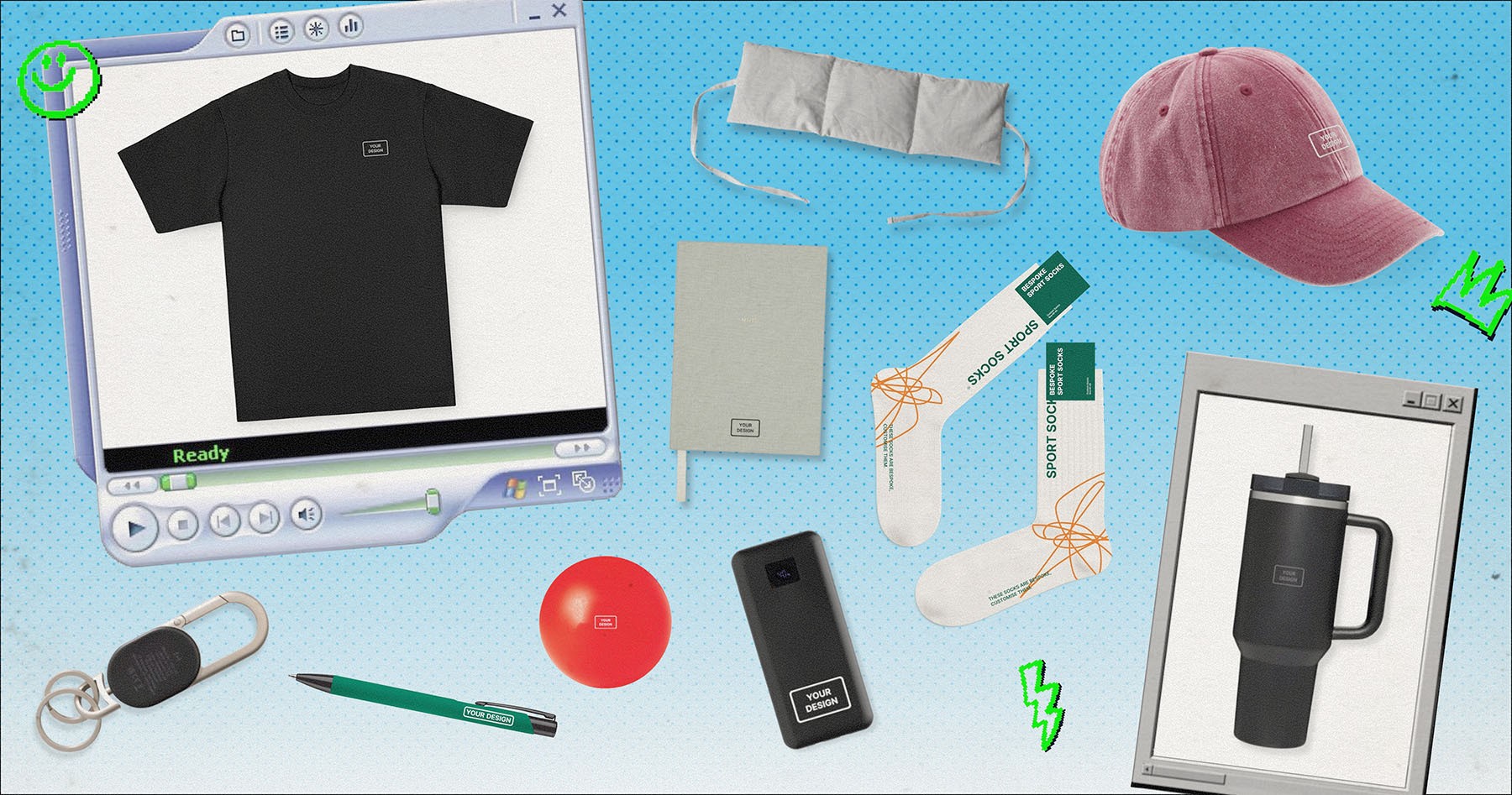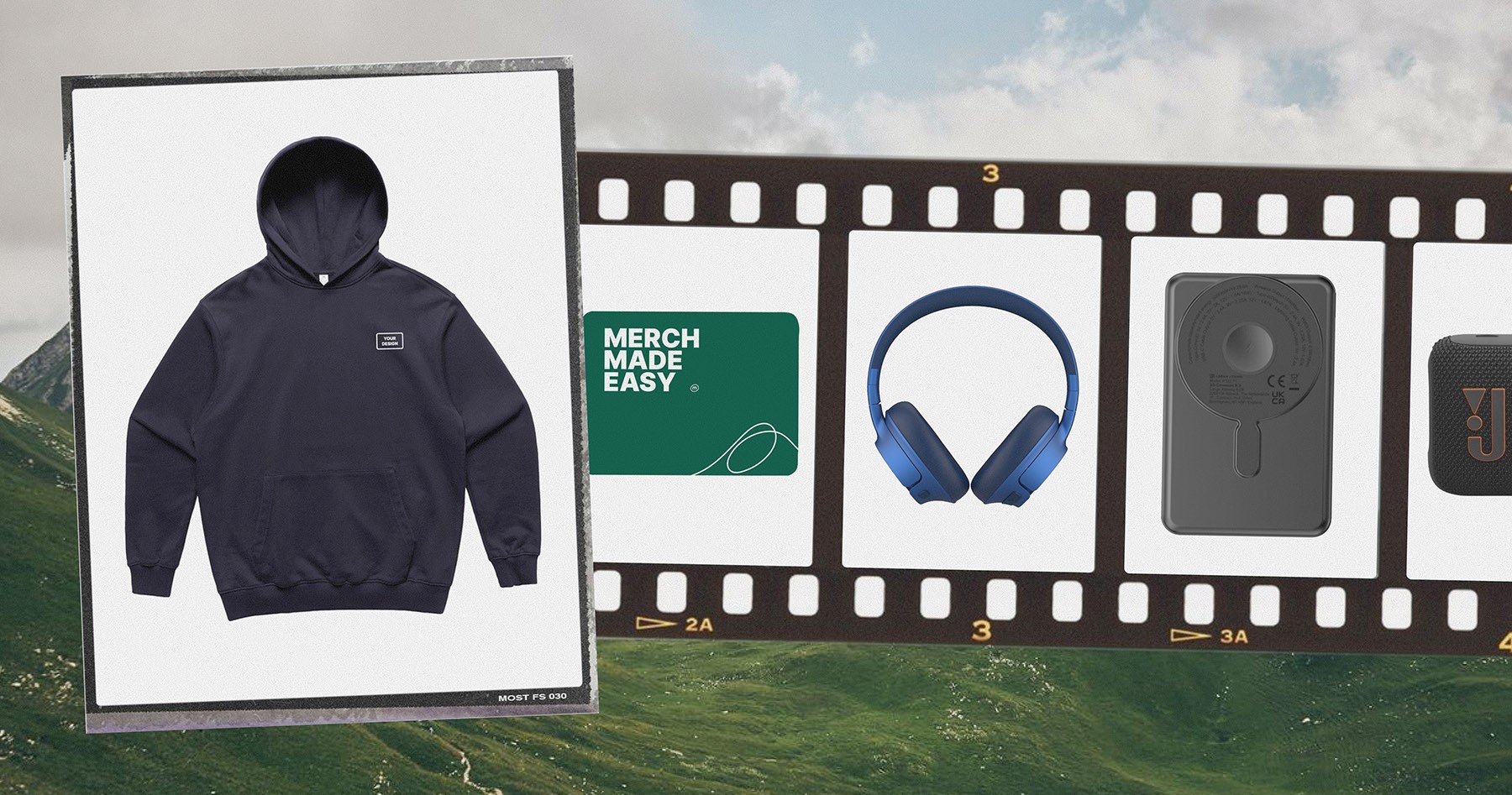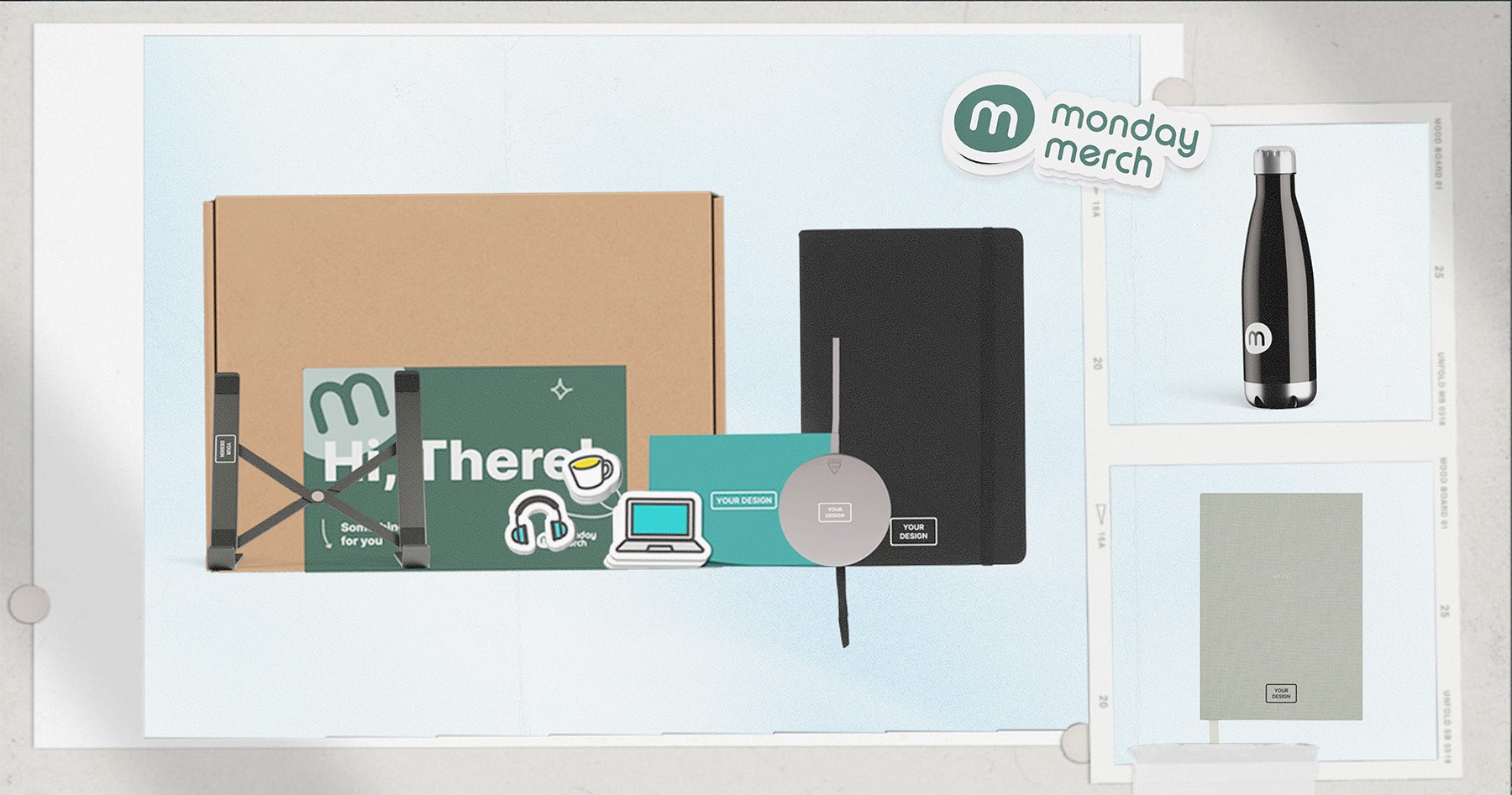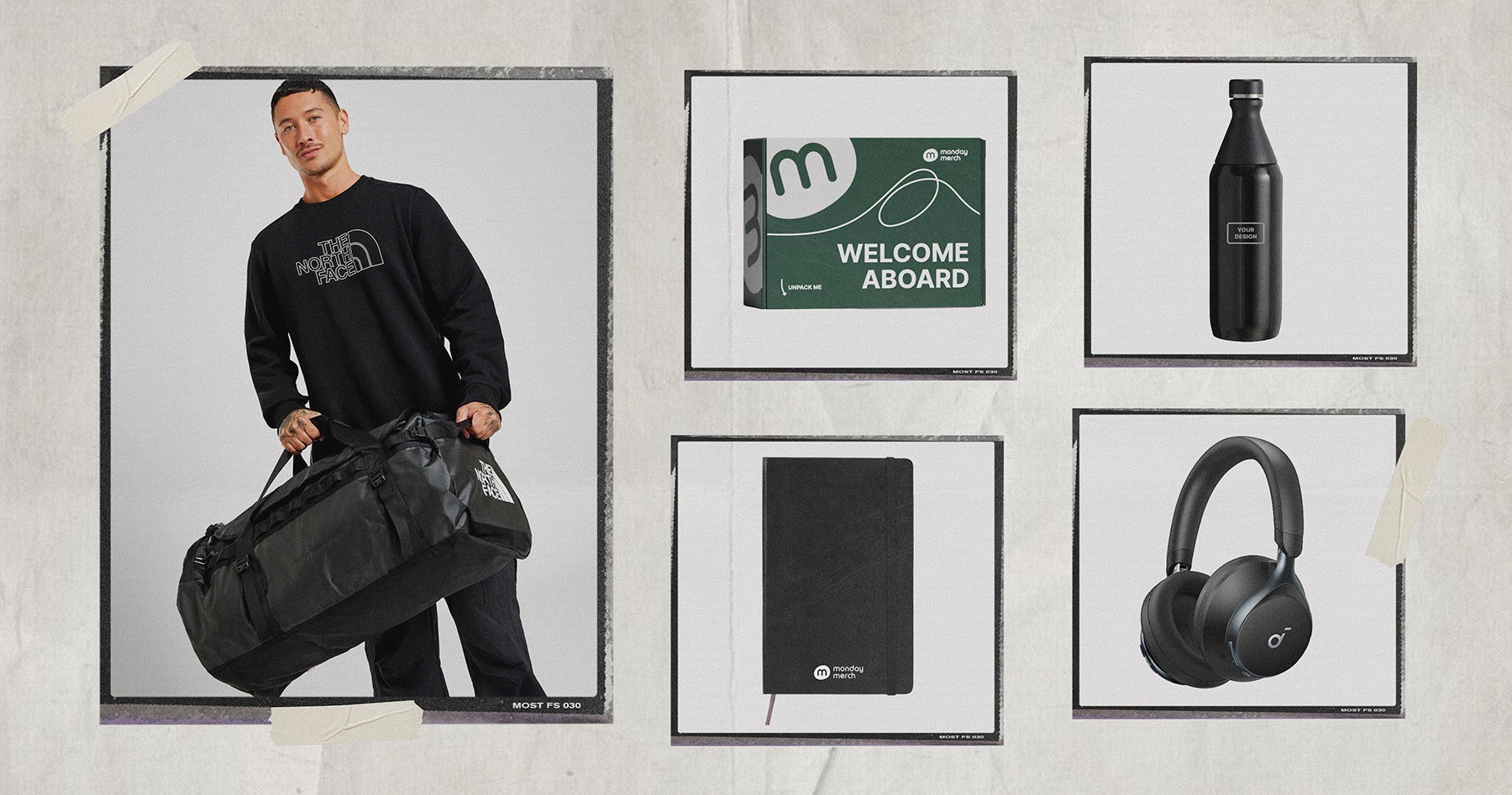Artikel & Leitfäden
Entdecke ausführliche Anleitungen, praktische Einblicke und die neuesten Nachrichten im Bereich Marken-Merch, die dir helfen, den Trends voraus zu sein, klügere Entscheidungen zu treffen und Merch zu kreieren, das wirklich mit Menschen verbindet.
Empfohlene Artikel
Empfohlene Artikel
Entdecke unsere beliebtesten Einblicke und Ideen, die die Zukunft des gebrandeten Merchs gestalten.
Neueste Artikel
Neueste Artikel
Entdecke unser Neuestes.
Geschäftsgeschenke
Geschäftsgeschenke
Sinnvolle Geschenke, die Kundenbeziehungen stärken und einen bleibenden Eindruck hinterlassen.
Nachhaltige Werbeartikel
Nachhaltige Werbeartikel
Nachhaltige Produkte, die deine Marke präsentieren und dabei den Planeten schonen.
Werbeartikel Ideen
Werbeartikel Ideen
Kreative Konzepte, um das nächste Markenprodukt zu inspirieren.
Mitarbeitergeschenke
Mitarbeitergeschenke
Durchdachte Artikel, die Erfolge feiern und die Teammoral stärken.

























